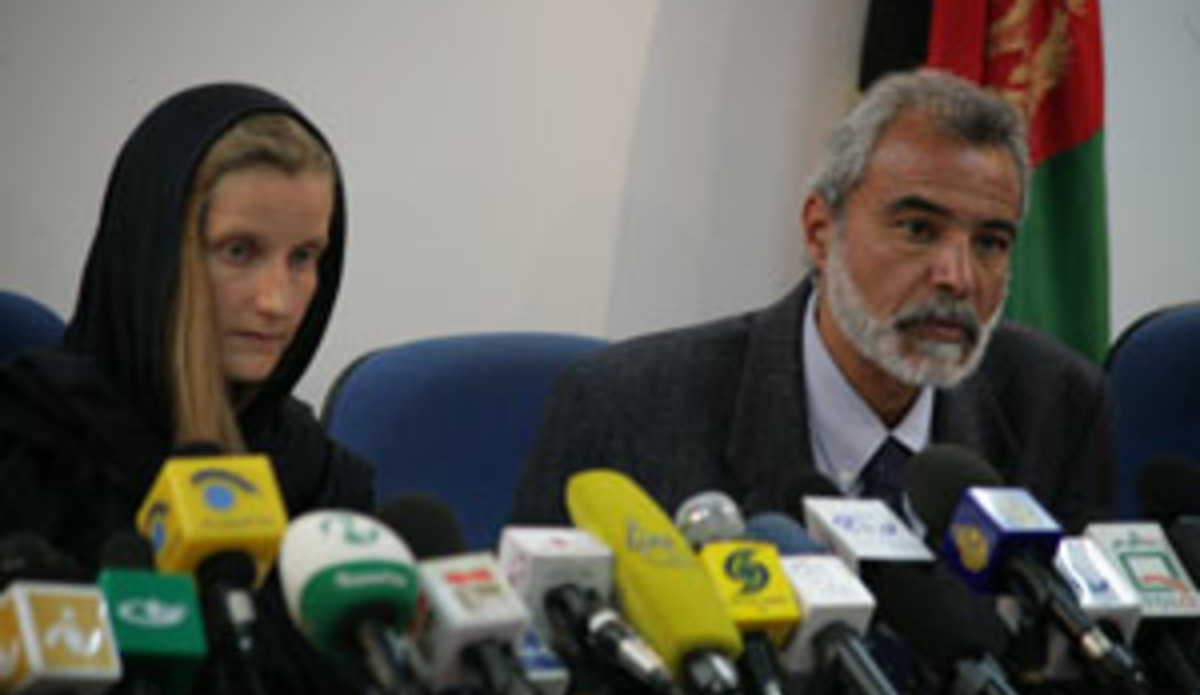Floods and earthquakes destroy thousands of homes across Afghanistan
KABUL - While many farmers are happy with the spring rains this year which should result in good harvests, many Afghans have suffered heavily from floods caused by the recent heavy rainfall.
Thousand of families have become victims of flooding over the past ten days in the north, north-east and western parts of Afghanistan, while an earthquake in the east of the country killed 22 people, wounded 59 and destroyed 290 houses.
2,013 families in 61 villages have suffered from floods in the western province of Herat alone.
“In the north, damage was particularly significant on the outskirts of the town of Mazar-i- Sharif where approximately ten villages have been affected,” said Sheilagh Henry, a humanitarian affairs officer working with the United Nations Office for the Coordination of Humanitarian Affairs (OCHA) at a press conference in Kabul on Monday.
“A little further west, Faryab province has experienced both landslides and floods that are damaging homes, cattle and affecting hundreds of families,” said Ms Henry.
“In Chemtal district of Mazar-i-Sharif an assessment is currently being finalised. However, the initial indications are that 1,500 families are in need of emergency assistance,” added Ms Henry.
Afghanistan is an agricultural country with 80 percent of its population engaged in agriculture. There is approximately 1.5 million hectares of rain-fed land in the country and farmers rely on rains for agriculture production.
Floods have also caused considerable damage in Badakhshan and Takhar provinces leaving 100 families homeless.
“In Badakhshan we can say that the first phase of response has been completed by [the department of] Public Works who have cleared roads and now we are looking at longer-term responses” added Ms Henry.
“In the west, in the province of Herat, the districts of Kohsan, Ghorian, Chesht-e-Sharif and Guzara were most severely affected with an estimated 2,000 families in need of assistance,” said Ms Henry.
There were also serious floods in Badghis and Farah provinces. Recent reports from Badghis indicate that around 800 families have been affected but these numbers are still being verified.
The response to these disasters has been coordinated by local Afghan authorities.
Victims of floods have received tents, blankets, other relief items and food from local authorities, representatives of Afghanistan’s National Disaster Management Authority, the Rural Rehabilitation Department, and teams from the Afghan Red Crescent Society.
The Afghan government is now calling for the replacement of depleted emergency stocks in expectation of more flooding in the near future, while agencies are working to gain access to areas that have been cut-off because of insecurity.
Insecurity particularly in the southern, south-eastern and eastern regions has enormous consequences for the humanitarian response in Afghanistan. It limits the access of humanitarian organisations to those who are in need of assistance as a result of natural disasters.
“We call strongly on all parties to respect humanitarian actors and allow them to access the people in need,” said Wael Haj-Ibrahim, the head of OCHA in Afghanistan.
By Homayon Khoram, UNAMA
 UN
UN







